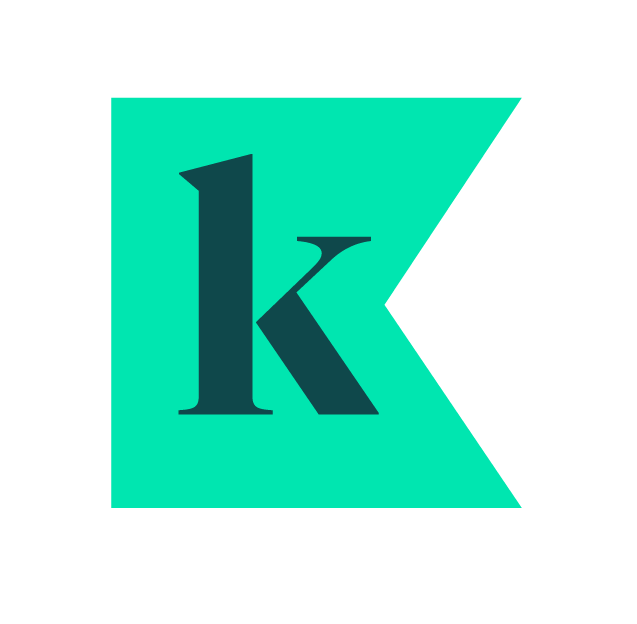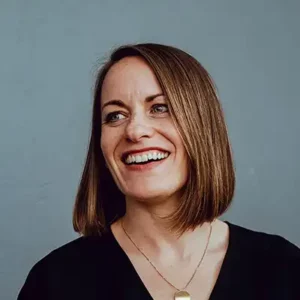I’ve been doing organisation design for nearly two decades now. I’ve done it at two of the big firms, I’ve done it as a contractor, I’ve done as in-house as an internal specialist (in the business) where I was both a provider and a buyer, and I co-founded a small consultancy Kindred that specialises in it. The verbs are in italics there because, when it comes to OD, you’re never really done.
In the last few years, I’ve had countless conversations with business and HR leaders who are looking to procure org design services. Some of them have chosen to work with us and continue to do so, others have gone in a different direction. Whoever you choose to work with, here are some learnings on what to look for when you need help from an external OD partner, gathered from our own experiences and feedback from clients.
They recognise that you know your business better than anybody
Beware of consultancies who sell you on what they’ve done elsewhere and arrive with a solution in their kitbag that you can just go ahead and implement – especially if they use the word “benchmark”. Clients who value deep industry experience above all else can sometimes fall victim of lift-and-shift models and approaches that worked (or didn’t!) somewhere else are not rooted in your context. Try to find consultants who do not generalise or presume, and are genuinely seeking to learn with you.
Good providers should characterise their role as helping you hold the pen on your own organisation design – acting as a neutral facilitator and a temporary extension of your own team. Outsourcing your thinking to providers who don’t engage at the level they need to only leads to problems down the line. Which brings me to 2)
They want to spend time with your people
Too many OD projects are delivered in a vacuum, with teams of consultants looking through data and metrics. Maybe they use a tool like OrgVue, or perhaps do it all on spreadsheets. To my shame, I was part of many of these sorts of processes when I was at the big firms. Not enough conversations, too much focused at the Board or Exec level (who themselves are too far removed from the reality of what works and what doesn’t). Loads of PowerPoint and crude business cases, very little exposure to the organisation and the people who make it what it is.
If you want help to look at your organisation design, choose someone who makes demands of your own time and attention, and that of your people. The more you put into the process, the more you get out of it. If you want it done “for” you, you might live to regret where it leads.
They don’t over simplify, or over promise
Structure is not, at least in my own experience, the solution to your problems. So, be wary of those who position a new operating model or organisation as a silver bullet. Thinking about the roles and skills you have, or how people come together to make decisions or do work, is one part of how an organisation can take care of itself. But it’s just that – ONE part.
If you’re interviewing for potential OD partners, ask them what they will bring to understanding your broader culture and context. Sound organisation designers are quick to try to grasp the complexities in your business, so they can help you find ways to navigate it. They might highlight the tensions between different strategies or agendas – or the gap between the organisation you have and the one say you want. They should be talking less about structure and reporting lines, and more about team effectiveness and ways of working. Rather than just design a structure that lives on paper, they should help you think how to create something that can play out well in the real life dynamics of your specific organisation. Much of this thinking strays outside of the classic or pure “OD” brief but is imperative to actually delivering value through organisation design.
Similarly, whilst you might want to get a clear scope and approach from your chosen provider, don’t be overly sold by (or wedded to) a linear, top-down process. An initial phase of discovery work might help you to get clear on your intended direction, but actually making changes to your organisation in a meaningful way (i.e. in the day to day) is very much a non-linear process. Look for someone who wants to be with you on that journey of experimentation and adaption, as opposed to one who wants to give you an answer and move to the next, leaving you holding the newly-formed org-chart baby. Even better, ask for examples of an outcome-based approach to organisation design, to really stress test what real-world impact the providers have had through their work. And finally…
They’ve actually worked in an organisation before
This might sound obvious, but let me explain why I think it’s important. When I left consulting and went in-house, I had a lot of ‘unlearning’ to do about how organisations work, what they need to be successful, and how you can practically help them to change. Whilst I admire those who find a niche as career consultants, when you’re in a consulting firm (particularly a big one) you really don’t know what it’s like to work in a company that isn’t a partner-led, performance-focused, professional services pyramid. When you’re in a consulting firm, you don’t really work in the business – you spend your days working for and, if you’re lucky, immersed in, other people’s businesses. You learn a lot, have super varied exposure to different environments and industries. But the one thing you don’t learn is what being part of a organisational system actually feels like and requires day to day. You move projects and clients so frequently that you rarely stay anywhere long enough to understand it properly, or see what you’ve designed work in practice. Your learning is surface-level – as you’re always at arms length, scratching the surface of things.
In an organisation design partner, you should look for people who have been in your shoes. Who know what it’s like to own a P&L, to implement a strategy you weren’t part of creating, to be answerable to a Board and shareholders, or to live through daily pressure, occasional failure or long cycles of change. You should expect them to know how hard it is to do the day job and try to change the day job at the same time. You should find them to be empathetic and understanding about how much you have to juggle in a single day, when you’re not single focused on one project. All of this should be evident in how they work with you, what they bring to the table, and how you feel once they have gone.
So, why are you talking about this?
As Kindred enters its 4th year, we’re still very much a work in progress and are constantly learning about how best to serve our clients. The above summarises what we strive for and what I personally believe in. So in part, I’m keen to keep myself honest for those people who we are yet to meet.
But foremost, whether people choose to work with Kindred or one of the many great firms in our field, I hope that these perspectives from someone who has been on all sides of this equation might help clients make the right choice for them.


